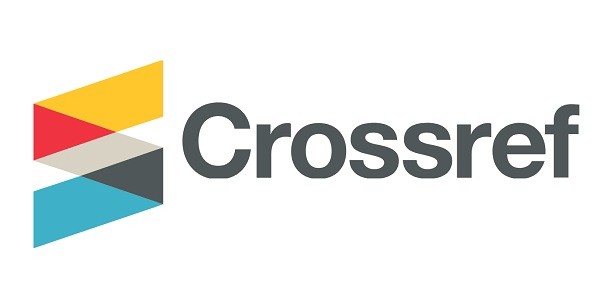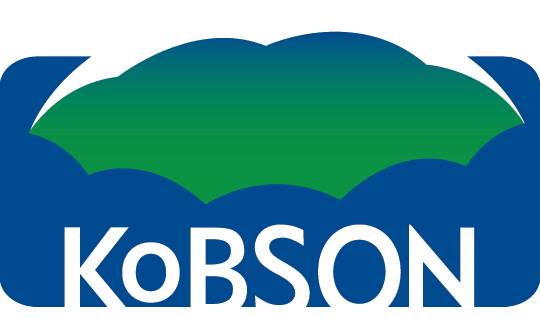DOI: 10.5937/jaes10-1670
This is an open access article distributed under the CC BY-NC-ND 4.0 terms and conditions.

Volume 10 article 221 pages: 49 - 52
The towers represent
about 15 to 20% of the total installation costs and optimized design may therefore
lead to substantial savings with regard to costs and use of materials. Some of
the most interesting design and manufacturing details are connections used to
assemble sections of tubular steel towers supporting wind turbines. There is
traditional flange ring connection and on the other side, as a new proposal,
friction connection. In this paper theoretic basis of design of friction
connection of wind towers is given.
EN 1993-1-8 (2005). “Eurocode 3 - Design of steel structures - Part 1-8: Design of joints”, CEN, Brussels, Belgium.
EN 1090-2 (2008). “Execution of steel structures and aluminium structures - Part 2: Technical requirements for steel structures.”
EN 1993-1-9 (2005). “Eurocode 3 - Design of steel structures - Part 1-9: Fatigue”, CEN, Brussels, Belgium.
Husson W. 2008. Friction connections with slotted holes for wind towers. Lulea Univer¬sity of Technology. 2008:45.
Heistermann C. 2011. Behaviour of Pretensioned Bolts in Friction Connections. Lulea University of Technology. 2011.
Training Course Wind towers: Design by FEM and Technological Features, Coimbra, Portugal, 2011.
N. Fric,
M. Pavlovic, Z. Markovic, D. Budevac: “ WIND TOWERS - DESIGN OF FLANGE RING
CONNECTION”, 14th International Symposium MASE, Struga, Macedonia,
2011., p.259-264







